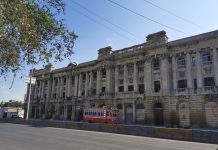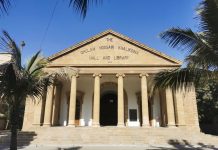Art is many things to many people. For some, a painting hides a black spot on the wall. For others, it constitutes the meaning and substance of life. But in the contemporary world, art has managed to find a space of relevance because art is about who we are and what we do. Art is the zeitgeist.
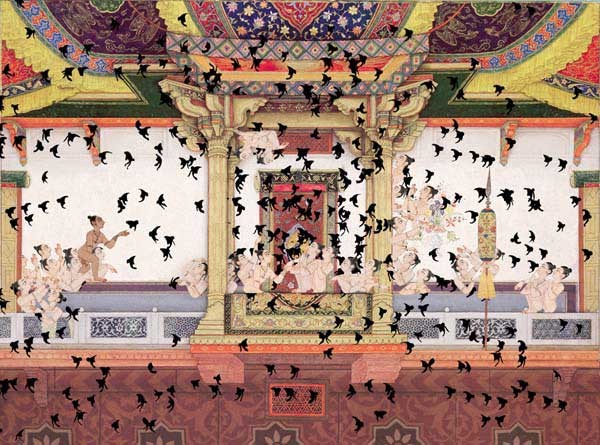
True art – notice I don’t say good art or bad art because art is and has always been subjective (even authenticity and truthfulness are to be taken with a huge measure of respectful caution) — represents the times we live in and is about human dramas. I have always held the notion that the artist is the historian of the times. But while the historian can only document an event with dates, places and numbers, the artist documents with emotive realities. The historian will tell you that last month’s bomb attack was the 40thbomb in the series of attacks; the artist depicts how chilling the scene was when the stillness settled in, and yet only he, the artist, managed to see the hope of a future for the country.
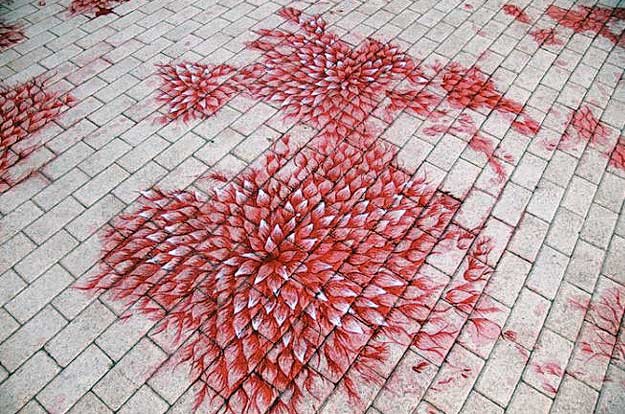
In the coming weeks, I will take you through an amazing journey of Pakistani contemporary art. I have chosen 25 artists who are doing great things. The top four artists of the country like Shahzia Sikander who is included in every top 30 list of global artists, Imran Qureshi, Aisha Khalid and Rashid Rana are all mega artists and I will exclude them here.

The other 24 artists pack quite a mean punch. Some are quirky and facetious, some are bizarre and sublime, but they all have a profound narrative to unravel. And that’s the thing. Contemporary art is about ideas and concerns and issues that surround us. Seek that narrative and you shall find!
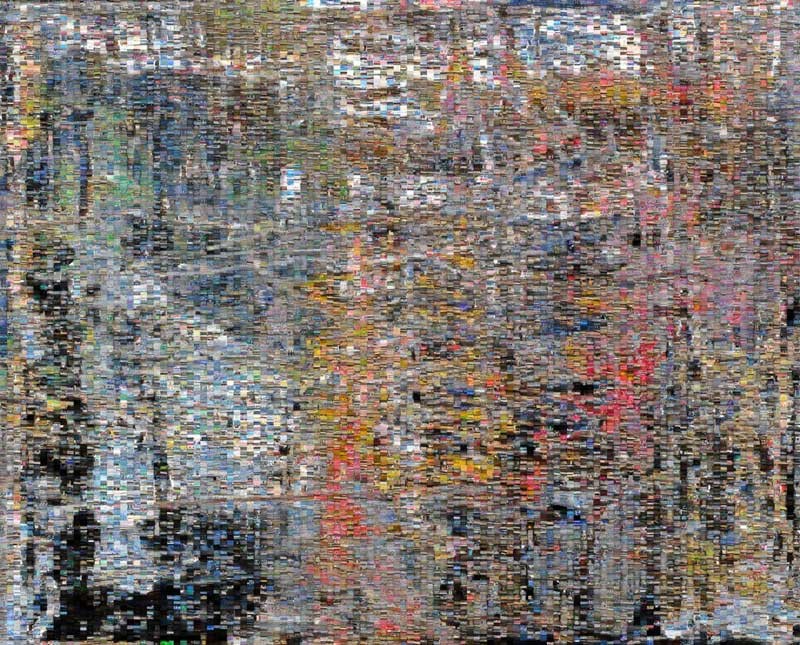
Also, I am unapologetically a purist and you will not find any…no, not even an atom of craft seeping into the art I speak of. I sincerely hope that at the end of our passage of discovery of contemporary art, you would have fallen passionately and hopelessly in love with contemporary art as I have. Here’s to the viewing and the journey of ideas.
The first two artists on my list are:
Abdullah M I Syed: (1974) Phd University of New South Wales, Australia
 Abdullah Syed has worked extensively with the medium of bank notes implying the deep-seated relationship between art and commercialism. In this installation he refers to the age old Arab myth of the Flying carpet, a tale treasured by the west that has been retold a million times.
Abdullah Syed has worked extensively with the medium of bank notes implying the deep-seated relationship between art and commercialism. In this installation he refers to the age old Arab myth of the Flying carpet, a tale treasured by the west that has been retold a million times.

As an installation, the Flying Rug is aesthetically pleasing as it is made from bank notes that the artist meticulously folds. But the folds are geometric folds that represent Islamic patterning found in the art of Islamic countries.

More alluring and significant, is the shadow that the rug creates. It points to the shadowy world of the War on Terror, the insidious violence cast by the suicide bomber but also by the silent drones that fly without sound and wreak havoc.
Adeel-uz-Zafar (1975) BFA from National College of Arts, Lahore
 Adeel-uz Zafar’s large-scaled works are not paintings; in fact, they require contrary motions of application. While painters add paint to the surface of a canvas, Zafar uses tools to scrape, gouge, scratch, score, nick, scruff with meticulous care the surface of the vinyl that he coats with black paint. The image that emerges is that of a child’s plush toy swathed in gauze bandages.
Adeel-uz Zafar’s large-scaled works are not paintings; in fact, they require contrary motions of application. While painters add paint to the surface of a canvas, Zafar uses tools to scrape, gouge, scratch, score, nick, scruff with meticulous care the surface of the vinyl that he coats with black paint. The image that emerges is that of a child’s plush toy swathed in gauze bandages.
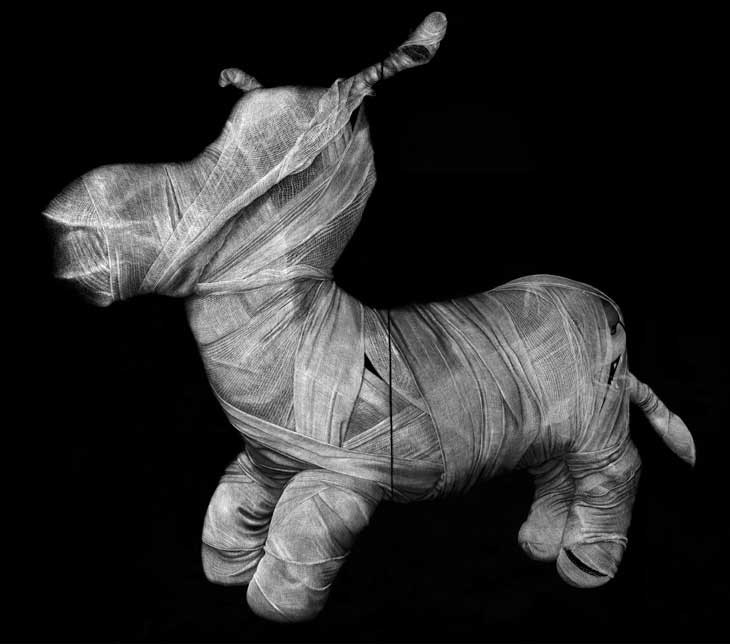

The visual is a cerebral experience that resonates on a sensory level but also speaks of the ostensible ways in which the violence around us is affecting our children. The toy is bandaged as if it is hurt or damaged or broken. But the implications of the metaphor are not hopelessness. Bandages imply the beginning of a healing process.
More from me next week with two more artists.
Keep informed about the art of Pakistan and other countries by logging on to www.artemesiaartinpakistan.com


